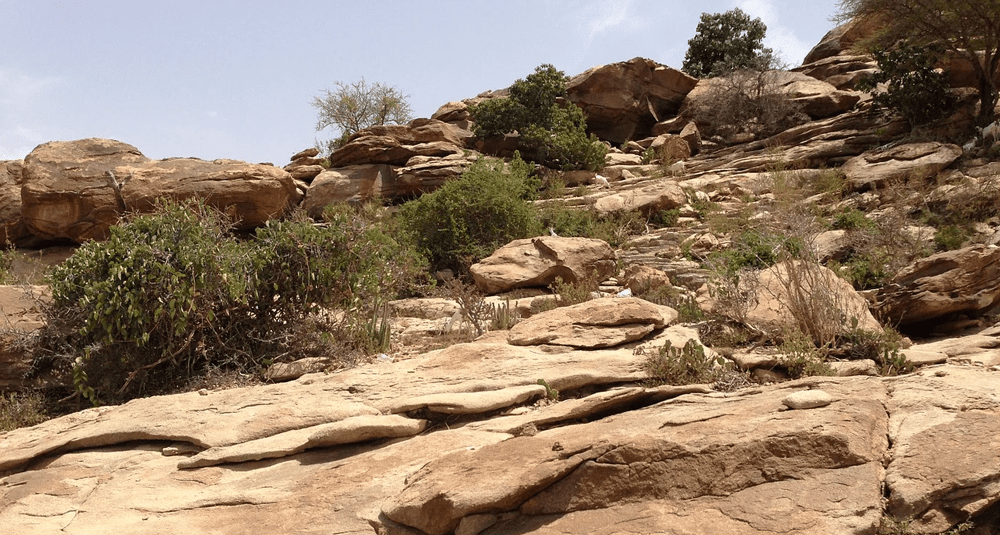What is the capital of Somalia?
Last Updated:
The capital of Somalia is Mogadishu. Located on the east coast of Africa, on the shores of the Indian Ocean, Mogadishu is the country’s largest city, as well as its political, economic and cultural center. This metropolis is of considerable historical importance for the Horn of Africa region, despite the difficulties and conflicts that have marked it in recent decades.
Mogadishu, also known as Muqdisho in Somali, has an ancient history stretching back many centuries. As early as the 9th century, the city was a thriving trading port, serving as a link between the civilizations of the African interior and Arab, Persian, Indian and even Chinese merchants. Thanks to its strategic position, Mogadishu soon found itself on the trade routes of the Indian Ocean.
Over the centuries, the city has been influenced by many cultures, including Arab, African and Swahili. This cultural richness is reflected in its architecture, traditions and local language. In the Middle Ages, Mogadishu became a powerful city-state, sometimes dubbed the “Venice of Africa” by Arab and European explorers.
At the end of the 19th century, Mogadishu came under Italian control. It became the capital of Italian Somalia, then of unified Italian Somalia after the World War I. Traces of this colonial period are still visible today, notably in some of the administrative buildings and infrastructure constructed by the Italians.
In 1960, Somalia gained independence and Mogadishu was confirmed as the capital of the new Somali state. At the time, the city was dynamic and booming, symbolizing the hope of a prosperous future for the country.
Unfortunately, Mogadishu soon became the scene of serious political unrest. After the collapse of the central government in 1991, the city descended into a civil war marked by clashes between various armed factions. The capital became a symbol of Somali chaos, with a prolonged absence of governmental authority and constant power struggles.
The conflict also attracted the attention of the international community, notably during the US military operation “Restore Hope” and the infamous Black Hawk Down incident in 1993.
Since the early 2000s, timid political and economic reconstruction efforts have been underway. Despite a still-fragile security situation and major humanitarian challenges, Mogadishu is enjoying a gradual renaissance, with the rebuilding of infrastructure, the development of an active private sector and the return of part of the Somali diaspora.
Today, Mogadishu remains the beating heart of Somalia. The city boasts a major port and Aden Adde international airport, symbolizing its openness to the rest of the world. Traditional markets, such as Bakara, bear witness to the commercial vitality of the local population.
Despite persistent security problems, many residents and entrepreneurs are investing in the future of their city, building hotels, restaurants, universities and hospitals. Somalia’s federal government, although facing major obstacles, continues to be based in Mogadishu and is striving to stabilize the country.
The capital of Somalia is Mogadishu, a city with a rich and eventful history. Despite decades of civil war and hardship, Mogadishu remains a symbol of resilience and hope for Somalis, and a key player in the process of rebuilding their country.
You may also be interested in
geography

What is the capital of Somalia?
Answer
Somalia's capital is Mogadishu, located on the coast of the Indian Ocean. It is the country's political, economic and cultural center.